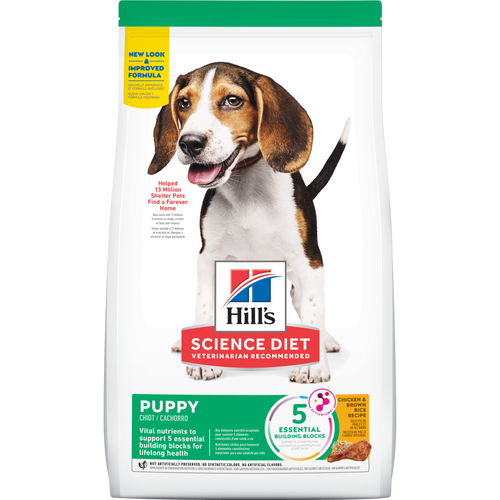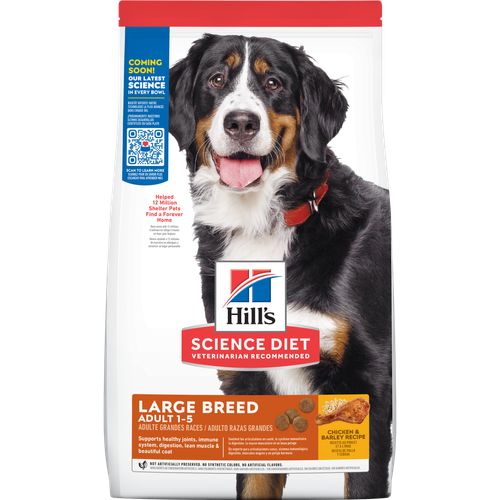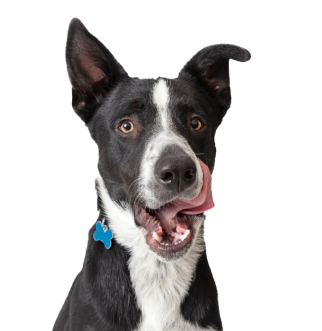

Much like humans, dogs can taste salty, sweet, sour and bitter flavors, according to the American Kennel Club (AKC), but the similarities may stop there. Dogs appear to be able to discern even a certain taste in water, perhaps explaining why they don't seem to bore of the liquid that humans sometimes describe as "flavorless."
But do dogs taste the same flavors in the same way people do? It would seem, since they're known for eating nonfood objects and sifting through rancid garbage and other unmentionables, that they may not. But this could be due to the fact that while dogs' taste buds can detect the same kinds of flavors ours do, they have significantly fewer taste buds on their tongues. As the AKC notes, humans have around 9,000 while dogs have only about 1,700.
So, curious what your dog might like best to eat, be it chicken vs. beef, warm vs. cold or wet vs. dry dog food? And how do we even know if dog food tastes good to dogs? Let's explore some of the food types and factors your dog's palate may prefer.
Factors Affecting How Your Dog's Food Tastes
- Flavors: According to a survey presented by Pet Food Industry, chicken is the most popular dog food flavor worldwide. Of course, this may not be because it is the canine preference but instead could be because chicken is inexpensive and widely available as far as protein sources for dog food go. Before purchasing a large bag of dog food, it may be wise to source samples from your veterinarian or pet food store. For canned and pouches of food, you can get a few single servings to ensure your dog enjoys that particular dog food taste before going all in.
- Texture/Formulation: When it comes to wet vs. dry food, most dogs prefer the wet stuff, though most dogs will not snub their nose at any single texture. While some dog parents report they have the snootiest of eaters, this is thought to be because the dog has subversively trained the owner to offer the tastiest — and not always the healthiest — of delicacies rather than a true food aversion. Mixing in wet with dry food is a winning combination for some picky eaters.
- Temperature: Cook's Illustrated explains that scientists have learned that human taste buds are quite temperature-sensitive and work far more efficiently when foods are consumed at warm temperatures. This explains people's general preference for heated-up foods (though cold pizza for breakfast remains an outlier). While this study focuses on humans, the logic should hold up for our canine family members, who also often prefer their food slightly warmed. It can't hurt that scent molecules are released from foods at higher temperatures, further increasing the appeal. And while we have far more taste buds than dogs, they have around 300 million olfactory receptors in their noses compared to our 6 million, according to The New York Times.
- Supplements and Toppers: While liquid supplements, gravies or powder toppers have their place on store shelves, vets aren't quick to endorse these products because of their sparse oversight and regulation. In some cases, such as when a dog is known to have a chronic disease, such as kidney failure, topping food with a savory gravy might be the only way to keep them eating. It's important to note that nutrient excesses can be as harmful as deficiencies, so if you sense that it's becoming essential to use additives to ensure your dog eats, it's time to get a vet's guidance to make sure there aren't other medical concerns.







